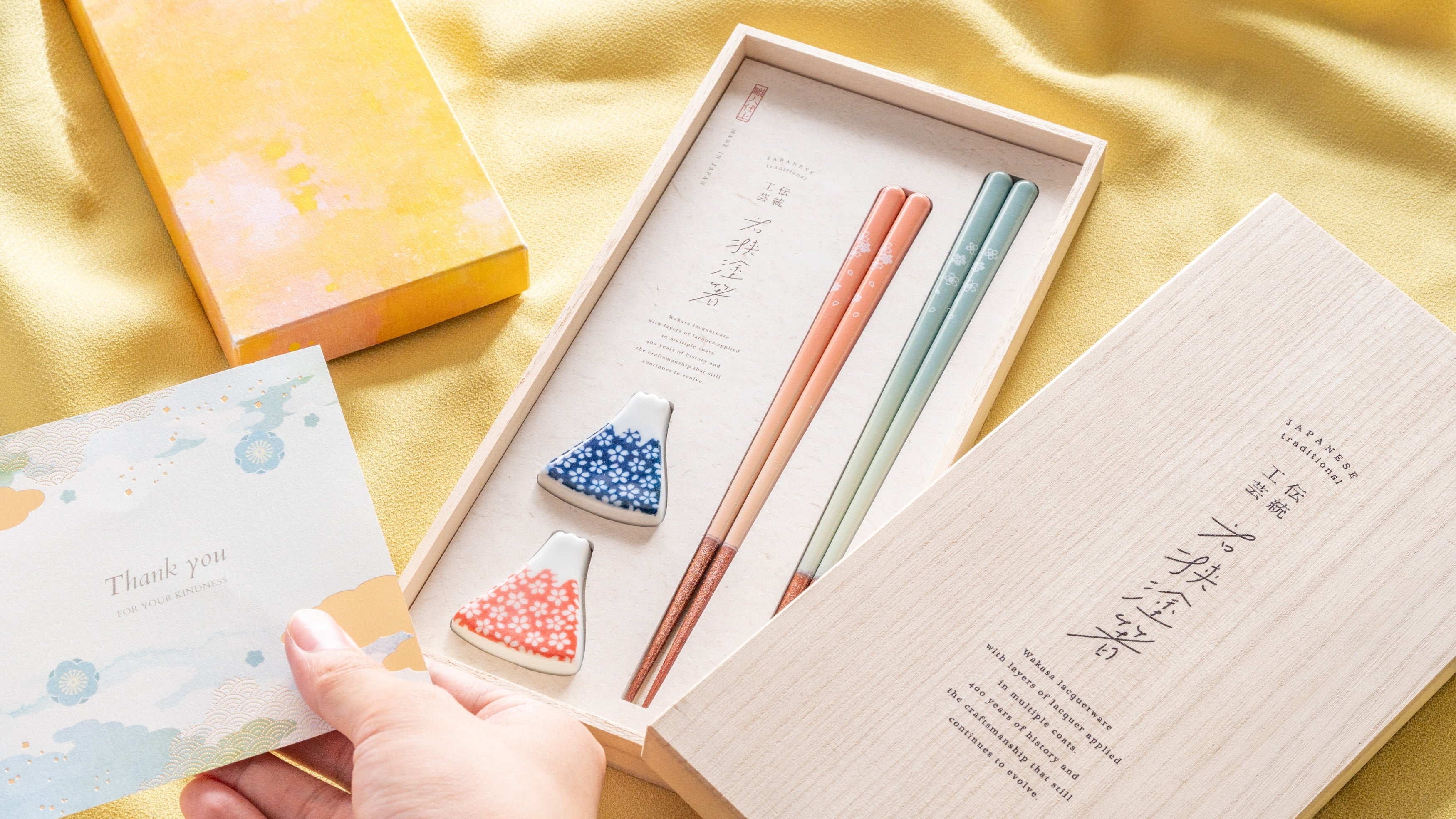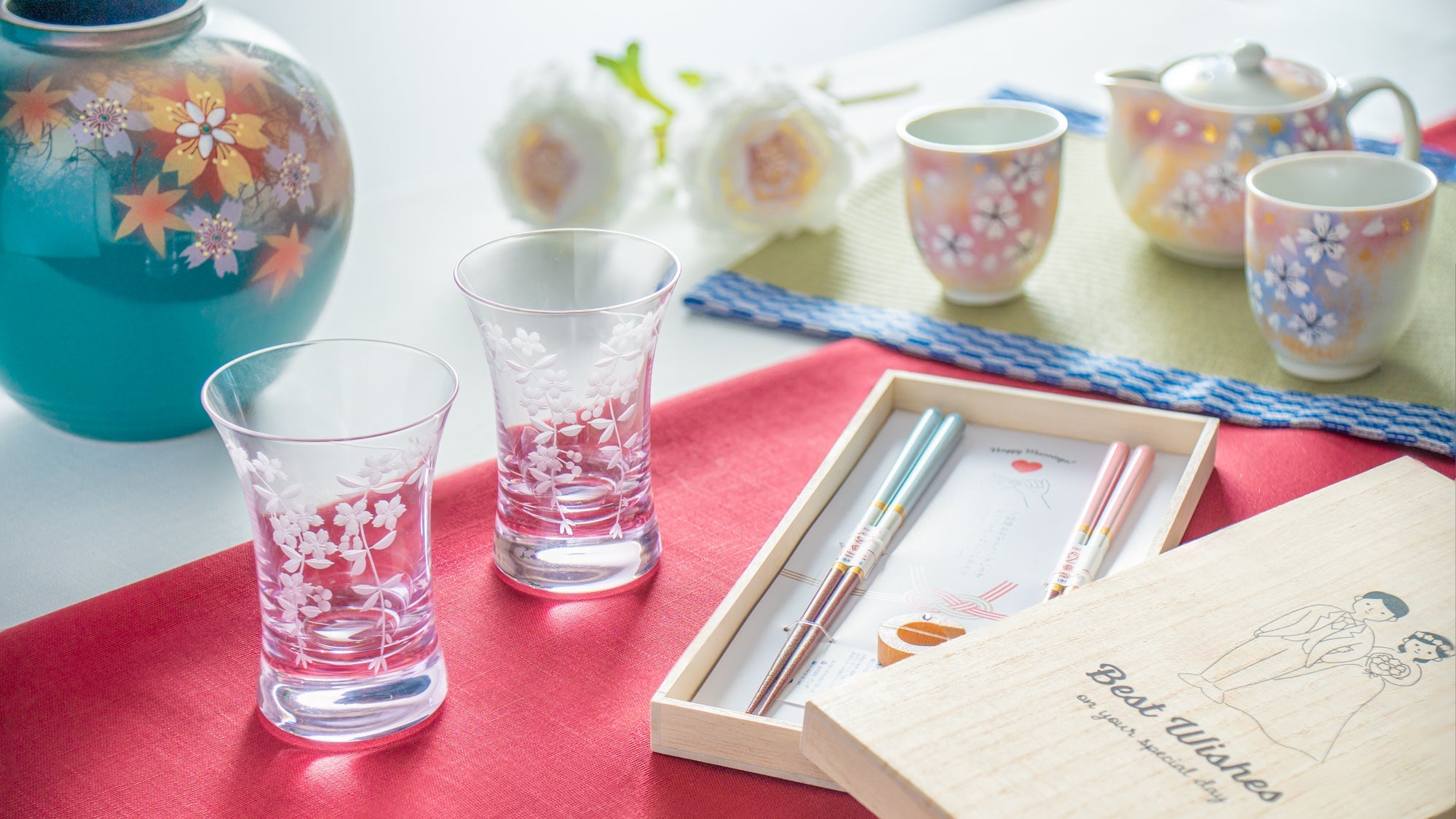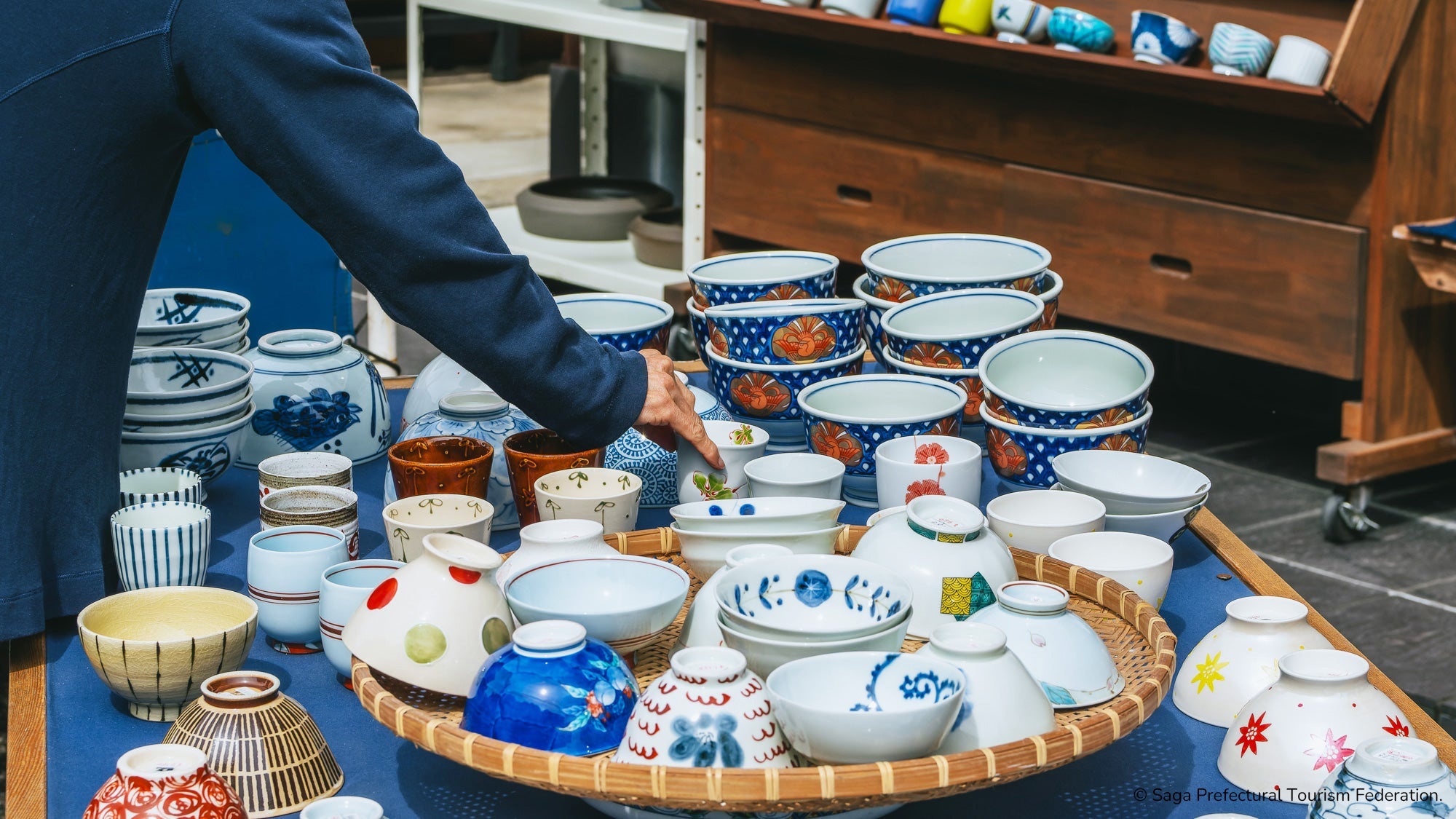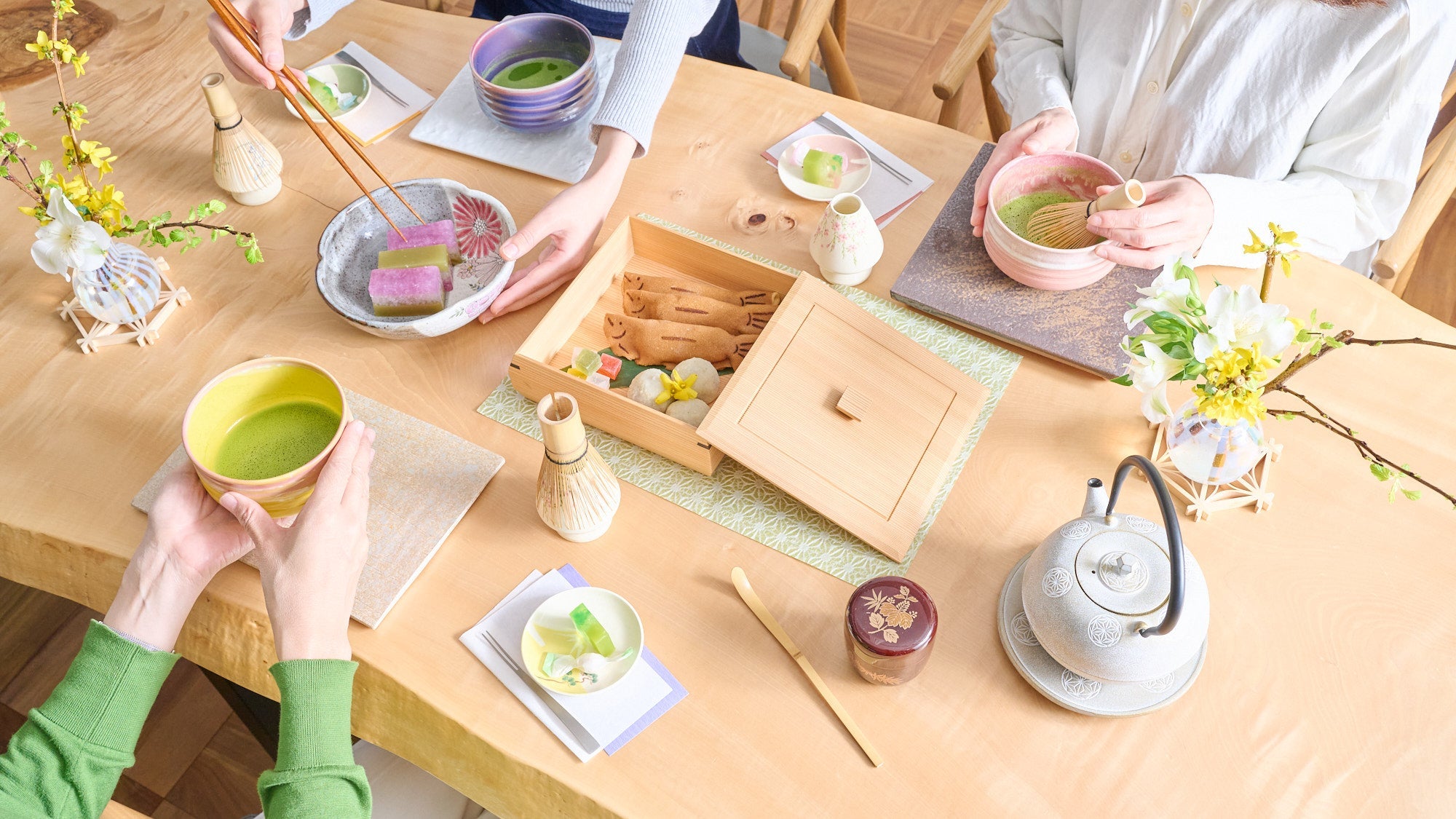
How to Clean a Japanese Teapot
Written by Team MUSUBI
It is best to clean a kyusu, a traditional Japanese teapot, using only water or warm water. Always dry the teapot completely before storing it.
With continued use—especially in the case of Tokoname ware—a kyusu will develop a rich color and natural luster, enhancing its beauty. Due to their unique shape, teapots can be fragile. If you’re not familiar with handling them, there’s a risk of bumping or dropping them during washing.
To keep your Japanese teapot clean and enjoy delicious tea at any time, here are some recommended care tips:
table of contents
1. Hold It Properly

The most common accident is bumping the spout or handle against the sink. To avoid this, grip the handle firmly with one hand and hold the kyusu so that the spout faces you, as shown in the photo. This will help protect its most delicate parts.
2. Rinse Thoroughly

Run water through the spout to rinse out tea leaves from the internal strainer. Most kyusu teapots have fine mesh strainers, so be sure to remove all tea leaves to prevent clogging and maintain cleanliness.
3. Use a Brush

A small kitchen brush or a clean toothbrush is useful for dislodging stuck tea leaves.
4. Dry Thoroughly

The most important part of caring for a kyusu is to dry it thoroughly after rinsing. Due to its unique shape, water can easily collect inside. If left unattended, residual moisture can affect the taste and aroma of your tea and may also lead to the growth of mold or bacteria.
After rinsing, separate the kyusu body, lid, strainer, and tea filter (if removable), and dry each part individually. To help moisture evaporate from hard-to-reach areas like the spout and bottom, it’s best to dry the main body upside down.
Is a Kyusu Dishwasher Safe? What About Detergent?
Generally, ceramic and porcelain items can be washed in a dishwasher. However, we do not recommend this for kyusu teapots, as the vibration and heat can cause damage. In particular, red-painted decorations may fade with repeated high-temperature washes.
At MUSUBI KILN, our products are made to be cherished and used for many years. If there is any possibility that a product's appearance or function might be affected, we clearly indicate that it is not dishwasher-safe.
For everyday care, rinsing the kyusu thoroughly under running water is usually enough—no detergent is needed.
If you're concerned about tea stains, pour boiling water into the teapot, add 1–2 spoonfuls of baking soda, and let it sit. Once the water has cooled, scrub gently with a sponge to help remove the stains.


Find Your Favorite Japanese Teapots

Japanese teapots come in a variety of shapes and sizes. Some are perfect for enjoying tea casually with the family, while others are ideal for slow-brewed tea, like a barista’s handcrafted coffee. Explore the many types of kyusu to find the one that best suits your style and needs.











Leave a comment
This site is protected by hCaptcha and the hCaptcha Privacy Policy and Terms of Service apply.